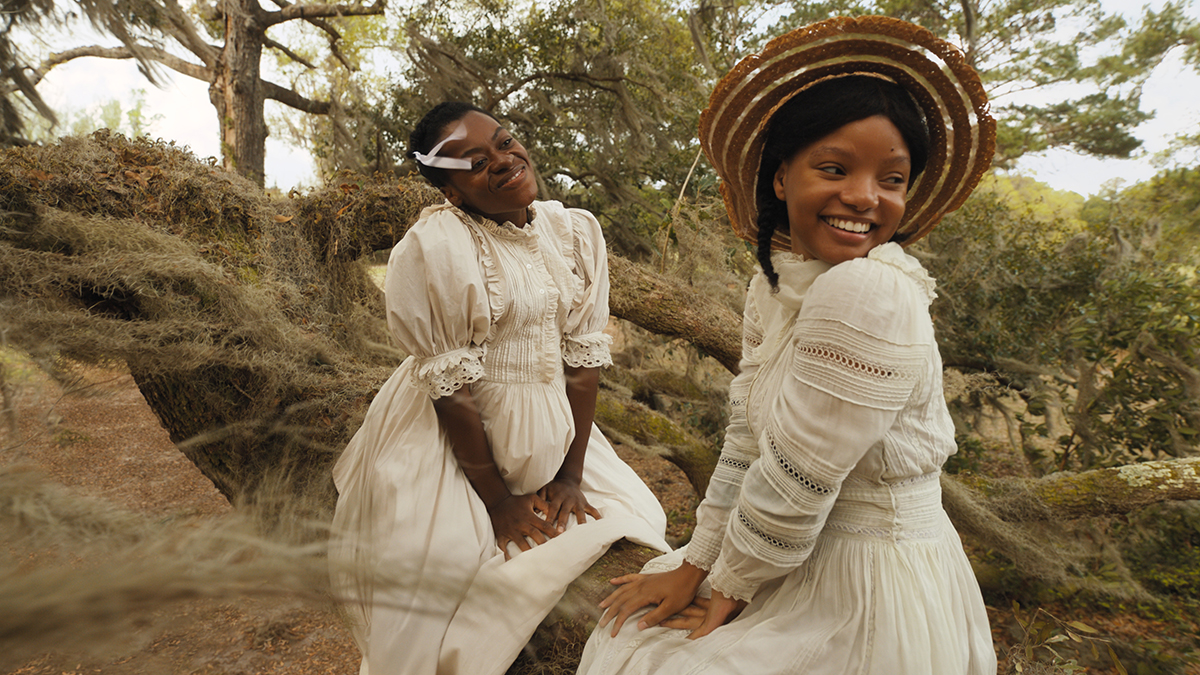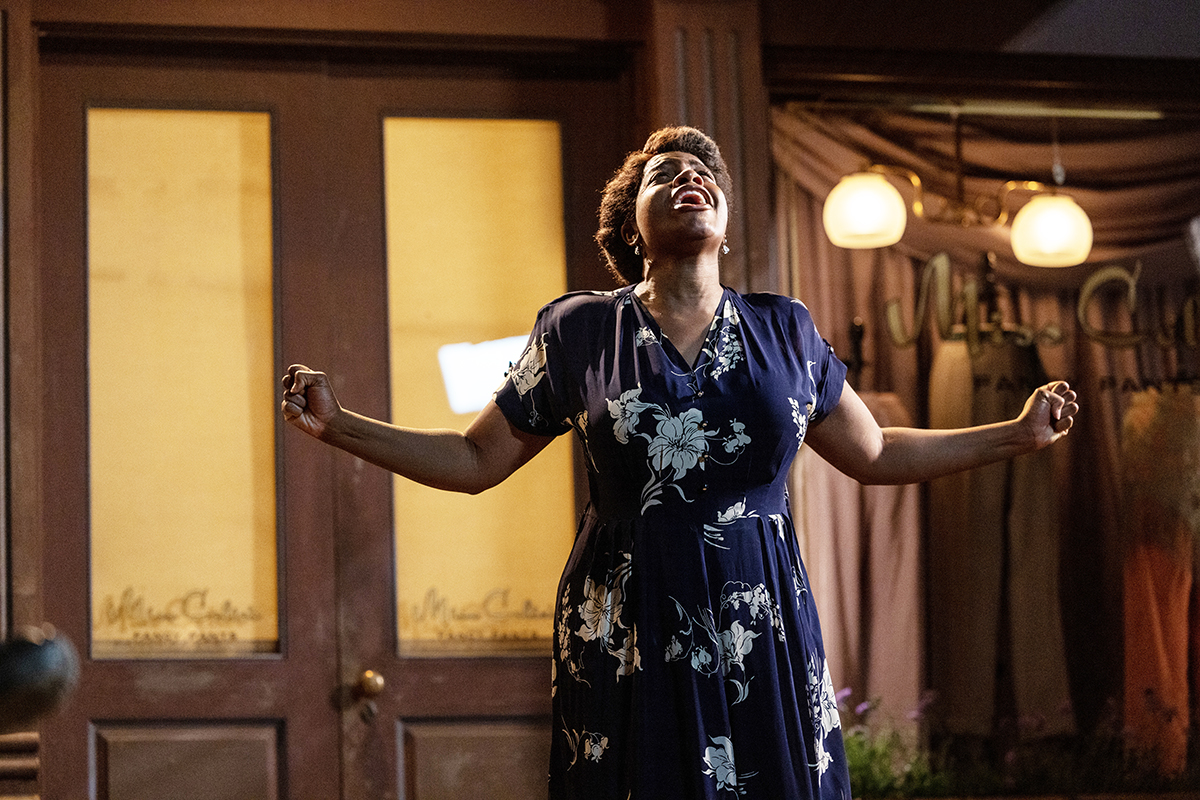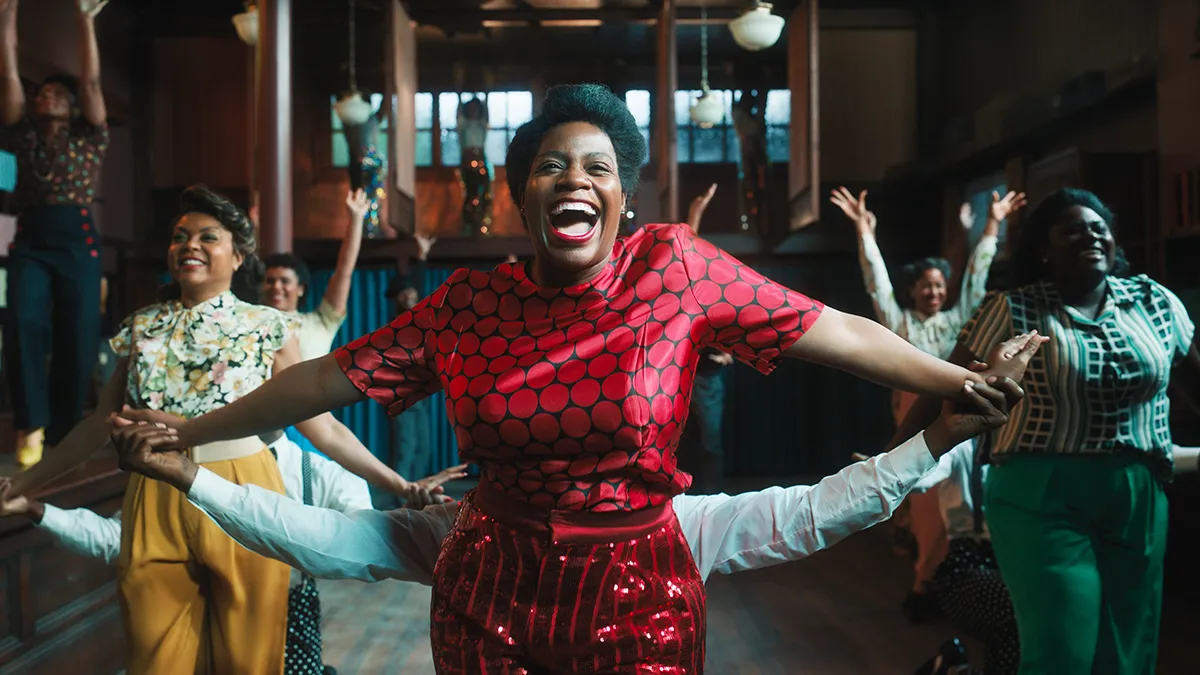The Color Purple has been told time and time again and for good reason. Already adapted into a movie by Steven Spielberg in 1985, the story follows Celie through many years of her life as she struggles, because of the men who use and abuse her, to come into her own in the early 20th century.
Alice Walker’s 1982 novel of the same name has since been adapted into a musical, which debuted on Broadway in 2005. Now, with director Blitz Bazawule’s take on The Color Purple, we’re seeing the musical come to life on the big screen in a stunning adaptation. With a cast that is mixed between some of the cast from the original run of the musical, with Fantasia Barrino in the role of Celie and Danielle Brooks (who was in the revival cast) as Sofia, Bazawule’s take on the musical is a beautiful retelling with music from Brenda Russell, Allee Willis, and Stephen Bray.
Taking the time to set us with a young Celie (Phylicia Pearl Mpasi) and Nettie (Halle Bailey) in the beginning of the film, the film instantly transports us into a world where we care so deeply for these two women who only have each other in the world, especially when they’re separated from each other.
Sprawling musical numbers, a lot of heart, stunning performances

In a musical that is filled with moments that are hard to watch, especially with the abuse that Celie goes through, what makes this adaptation of The Color Purple stand out is that it doesn’t hide that abuse away. In the midst of the musical numbers and the songs that lure you into the beauty of a musical, it still packs the pain that Celie is going through at the hands of the men in her life.
In “Huckleberry Pie,” we’re learning so much of what Celie has faced at such a young age but how her relationship with Nettie got her through it. That’s what makes the musical such a beautiful exploration of these women. Their strength is something that withstands the abuse these men inflict upon Celie.
We’re allowed, for a brief moment, to think that someone like Sofia (played incredibly by Danielle Brooks, who deserves every Best Supporting Actress nomination) can be as opinionated and loud as she wants but when she is ready to confront the mayor’s wife, Sofia is thrown in jail for telling a white woman “no.”
What makes Bazawule’s version of this story, and the musical for that matter, work is that it uses the music to its advantage, and each time we are tricked into a false sense of brief joy for the women we’re on this journey with, we’re reminded of the horrors they’ve faced by the people in their lives. But still, the one gift The Color Purple does give us is one of the most empowering and yet beautiful songs for Celie to sing in its final moments.
“I’m beautiful.”

A theme of the movie, where Celie was concerned, was that she was thrown to the side because she was not “beautiful”—something that was never true but that the men around her forced her to believe. The way that this take on The Color Purple connects a specific line where she’s called “ugly” to the song “I’m Here” is so breathtakingly beautiful that it’s truly a moment that stops you when you see the throughline.
Barrino sings, “I’m beautiful, yes, I’m beautiful,” by the end of “I’m Here,” and it is Celie finding her happiness in the darkness that has crowded her entire life through all the lies and everyone taking things from her, and that’s what makes this musical and this adaptation such a fantastic addition to the collection takes on The Color Purple.
(featured image: Warner Bros.)










Published: Dec 20, 2023 05:39 pm